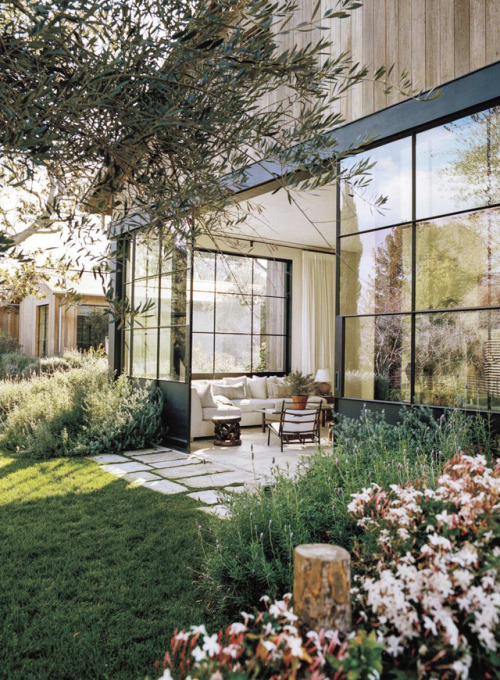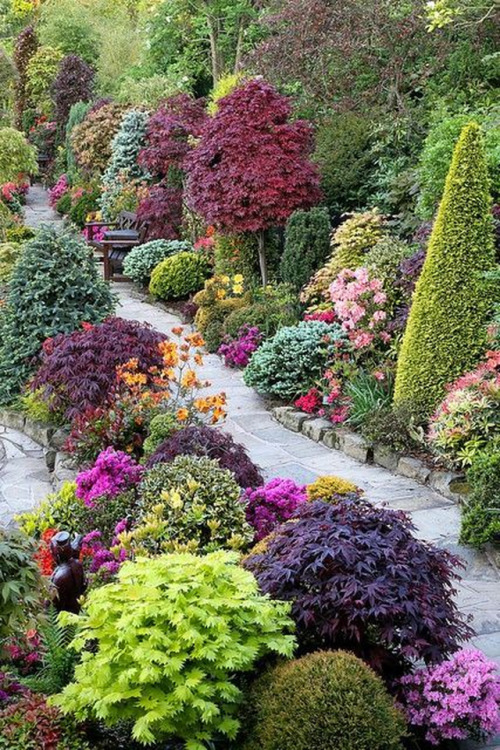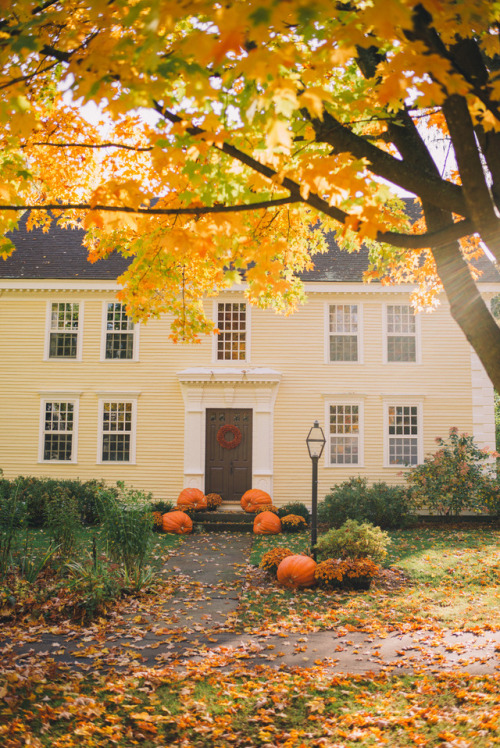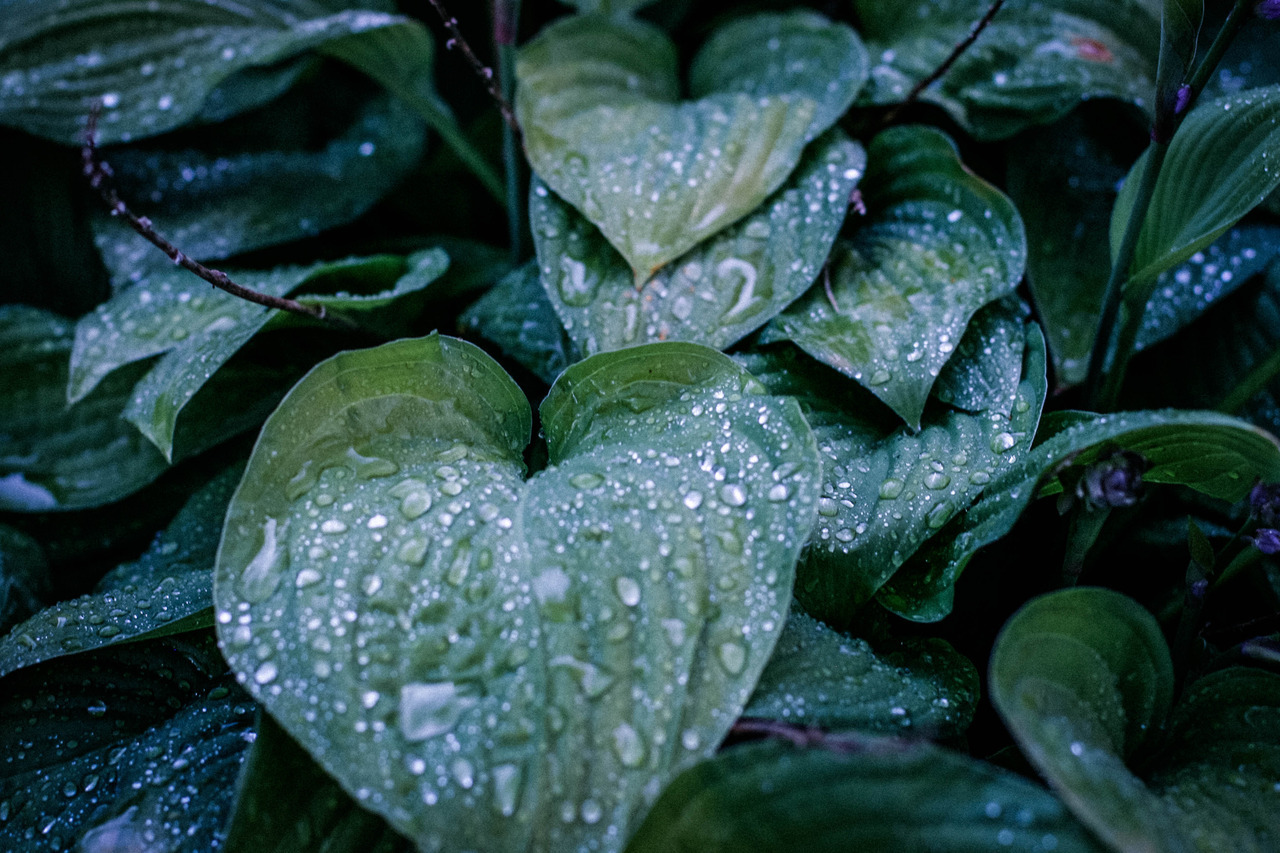Gardening: 5 Things You Should Know About Leaves
-
Leaves are crucial parts of plants
Leaves are part of living organisms and are mostly responsible for the survival of the plant. Leaves are where plants make their food through photosynthesis. For a plant to survive there has to be leaves, which is why plants die out when the leaves are removed. To prevent this, leaves are replaced regularly to keep the plant alive and healthy.

-
Types of leaves
There are two types of leaves, monocots and dicots. Monocots are plants with one cotyledon, and leaves of these plants have narrow blade-like leaves. They include plants like cereals, grass and tulips. Dicotyledons are plants that have two cotyledons, and their leaves are broad. Examples of dicots are beans, tomatoes and a large number of tree species. Other plants have other types of leaves that are specialized to the plant’s environment and climate. For example, conifers do not have the common types of leaves, but instead, their needles are leaves that are specialized to prevent loss of water. This applies to plants like cactus also, which helps them to adapt to harsh conditions.
-
Composition of leaves
Leaves are very essential parts of a plant, and they are organs that serve very important roles in a plant, just like the organs in an animal’s body do. Leaves are made up of the lamina, or blade, the flat part and a petiole, which is the part that attaches the leaf to the plant. The lamina contains other parts, the mesophyll and the epidermis. The mesophyll is a spongy tissue that contains the chloroplasts, which are the sites of photosynthesis, through which plants make their food. Leaves are therefore very essential in a plants survival. Plants which do not have leaves have adaptations which enable photosynthesis to take place in the stems instead.
-
Leaves change colour depending on the season
As stated earlier, leaves contain chlorophyll which makes them green in colour. In times of ample sunlight, the chlorophyll absorbs sunlight and uses it to make food, thus the leaves remain green. In cold seasons, however, there is less sunlight and thus the leaves make less food. The leaves also change colour, losing the green for a much duller red or brown colour. This change in colour also means that the attachment of the leaf to the stem is weak, and thus many leaves are shed during the cold weather. This can cause small trees and bushes to dry out, and thus necessitating their removal. Visit toddsmariettatreeservices.com for any of your tree trimming or cutting needs when the need arises.
-
Layers of leaves
Leaves are made up of three layers. The epidermis is the outermost layer and it is waxy to prevent water loss. The mesophyll is the following layer which has two zones, the palisade and spongy layer. The mesophyll is where photosynthesis occurs in a lead. The leaf also has a network of veins, the middle one being the midvein. The veins support the leaf tissue and are also responsible for transporting substances within the leaf.










